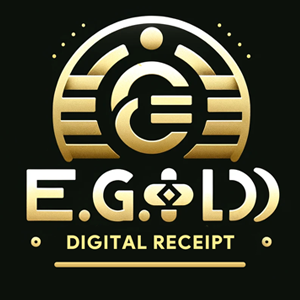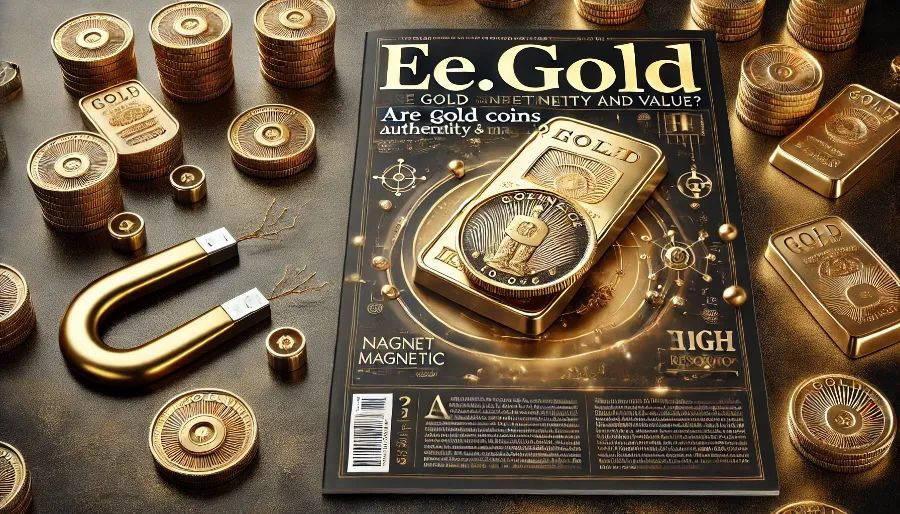
Are Gold Coins Magnetic?
No, gold coins are not magnetic if they are genuine and made from pure gold or investment-grade gold. Gold is a non-ferrous metal, meaning it does not contain iron and is not attracted to magnets. This property is one of the reasons why gold has been a trusted store of value for centuries. If a gold coin is attracted to a magnet, it is a warning sign that the coin may not be pure gold or could be counterfeit.
The Science Behind Why Gold Is Not Magnetic
Gold is a non-magnetic element with the chemical symbol "Au" and atomic number 79. As a diamagnetic material, gold generates a weak repulsive force when exposed to a magnetic field. However, this force is so slight that it cannot be detected by standard magnets. In its pure form or as part of investment-grade alloys, gold coins will not show any magnetic properties.
Why Are Some Gold Coins Magnetic?
While genuine gold coins are not magnetic, there are cases where a gold coin may appear to have magnetic properties. These situations include:
- Counterfeit Coins: Fake gold coins are often made with base metals like iron, nickel, or cobalt, which are magnetic. These metals are then gold-plated to mimic the appearance of genuine gold.
- Gold-Plated Coins: Coins made from inexpensive base metals and coated with a thin layer of gold may also exhibit magnetic properties due to their core material.
- Impurities in Alloyed Gold Coins: Some gold coins, such as 22-karat coins, contain small amounts of alloyed metals like silver or copper for added strength. While these metals are not magnetic, impurities in counterfeit coins could result in magnetic properties.
Gold Coins That Are Not Magnetic
Most gold coins that are widely recognized for investment or collection purposes are not magnetic, including:
- American Gold Eagle: Made with 91.67% gold (22-karat) and balanced with silver and copper.
- Canadian Maple Leaf: Composed of .9999 fine gold (24-karat).
- South African Krugerrand: Contains 22-karat gold, alloyed for durability.
- Austrian Philharmonic: Features .9999 fine gold (24-karat).
These coins are non-magnetic and globally trusted for their purity and authenticity.
How to Test If Gold Coins Are Magnetic
Testing whether a gold coin is magnetic is a simple and effective way to verify its authenticity. Follow these steps:
- Use a Magnet: Place a strong magnet close to the coin. If the coin is attracted to the magnet, it is likely fake or made from magnetic base metals.
- Inspect the Coin’s Behavior: Genuine gold coins will not move or show any reaction to the magnet. If the coin sticks to the magnet, it’s a clear sign of counterfeit material.
- Consider Additional Tests: Combine the magnet test with other methods such as visual inspection, weighing, or using an acid test for more reliable results.
Why Gold Coin Authenticity Matters
Investing in gold coins is a significant financial decision, and ensuring their authenticity is crucial. Counterfeit coins can lead to financial losses and diminish the value of your investment. By understanding the non-magnetic nature of gold, investors can take an important first step in verifying the quality of their gold coins.
Other Methods to Verify Gold Coin Authenticity
While the magnetic test is a quick and easy way to detect counterfeit gold, it is not foolproof. Consider additional tests for a more comprehensive analysis:
- Weight Test: Genuine gold coins have specific weights that correspond to their size and purity. Use a precision scale to verify the weight.
- Density Test: Calculate the coin's density by dividing its weight by its volume. Gold has a density of approximately 19.32 grams per cubic centimeter.
- Visual Inspection: Look for imperfections, unusual markings, or incorrect designs. Genuine coins are crafted with precision.
- Acid Test: Use a gold testing kit to apply nitric acid to the coin’s surface. Pure gold will not react to the acid, while fake gold will discolor or bubble.
- X-Ray Fluorescence (XRF) Test: This advanced method uses X-rays to analyze the coin's composition without damaging it.
The Importance of Buying Gold Coins from Trusted Dealers
To avoid counterfeit gold coins, always purchase from reputable dealers. Platforms like EE.GOLD, APMEX, and JM Bullion provide certified coins with guaranteed purity and authenticity. Trusted dealers offer assay certificates and tamper-evident packaging, ensuring the quality of their products.
The Role of Non-Magnetic Gold in Investment Portfolios
Gold coins are a cornerstone of many investment portfolios due to their stability, liquidity, and long-term value. Their non-magnetic nature is one of the physical properties that ensures their authenticity, making them a trusted asset for wealth preservation. Whether you are a first-time investor or a seasoned collector, understanding the properties of gold coins can help you make informed decisions and protect your financial interests.
Why Understanding the Magnetic Properties of Gold Coins is Important
Knowing that genuine gold coins are not magnetic provides an easy and accessible way to identify counterfeit coins. For investors and collectors, this knowledge is critical in protecting their wealth and ensuring that the gold coins they purchase hold their intrinsic value. Counterfeit coins can damage the reputation of a collection and lead to significant financial losses. Being informed about the physical and chemical properties of gold helps you avoid scams and make informed decisions when purchasing gold coins.
Gold Coins in the Modern Market
As the demand for gold coins continues to grow, so does the presence of counterfeit products in the market. Many counterfeiters attempt to replicate the appearance of gold coins by using base metals like iron or nickel, which are then plated with a thin layer of gold. These metals are magnetic, and a simple magnet test can help detect such fakes. Additionally, some counterfeit coins are made with tungsten cores, which are non-magnetic but have a similar density to gold. In such cases, advanced tests like X-ray fluorescence (XRF) or density measurement are necessary.
The Future of Gold Coin Authentication
As technology advances, more sophisticated methods of gold coin authentication are becoming widely available. Blockchain-based verification systems, for example, are being adopted by some gold refineries and mints. These systems use unique identifiers to track the origin and authenticity of gold coins, offering an additional layer of security for investors. Portable XRF analyzers are also becoming more accessible, allowing collectors and dealers to verify the composition of gold coins on the spot. These innovations make it easier than ever to ensure the authenticity of your gold investments.
Tips for First-Time Gold Coin Buyers
If you're new to investing in gold coins, here are some practical tips to help you make secure and informed purchases. Always buy from reputable dealers that provide certificates of authenticity and tamper-evident packaging. Start with widely recognized coins such as the Canadian Maple Leaf or American Gold Eagle, which are easy to verify and trade. Use simple tests like the magnet test as a first step in verifying authenticity, but consider additional methods like weighing and density tests for greater accuracy. Educate yourself about the market, including current gold prices and the premium over spot price charged for specific coins. Store your gold coins securely in a safe, safety deposit box, or professional vault to protect them from theft or damage.
How to Handle Counterfeit Gold Coins
If you suspect that a gold coin in your possession is counterfeit, take the following steps to address the situation. Verify the coin's authenticity using multiple tests, such as the magnet test, acid test, and weight measurement. If the coin fails these tests, contact the seller and request a refund or exchange. Many reputable dealers offer guarantees or buyback programs to protect their customers. Report the counterfeit coin to local authorities or consumer protection agencies to prevent others from falling victim to the same scam. Always keep detailed records of your gold purchases, including receipts and certificates, to facilitate returns or legal action if necessary.
Why Gold Coin Authenticity Matters for Investors
For investors, the authenticity of gold coins is not just a matter of trust but also a critical factor in ensuring liquidity and resale value. Authentic gold coins can be easily traded or sold in global markets, while counterfeit coins are worthless. The non-magnetic property of gold is one of the first lines of defense against counterfeits, providing a quick and straightforward method to verify authenticity. By understanding this property and combining it with other verification techniques, investors can safeguard their portfolios and enjoy the long-term benefits of gold ownership.
Final Thoughts on Gold Coins and Magnetism
Gold coins are an enduring symbol of wealth and stability, and their non-magnetic nature is a key indicator of their authenticity. While a magnet test is a simple and effective way to identify counterfeit coins, it should be used alongside other verification methods for a more comprehensive analysis. By purchasing gold coins from trusted dealers, conducting proper tests, and staying informed about the latest authentication technologies, you can confidently build a portfolio of genuine gold coins that offer beauty, security, and long-term value. Whether you're a collector or an investor, understanding the magnetic properties of gold coins is an essential step in protecting your financial future.
NOTE
This Content is the copyrighted content of EE.GOLD. All rights are reserved. You are welcome to share or use our content only by including direct links to our website. Any other form of reproduction, distribution, or use without proper attribution is strictly prohibited.
This Content is intended solely for educational purposes. The information provided does not constitute financial or investment advice.
Please note that Digital Storage Receipt, Secure Storage Solutions, and Physical Gold Sales are the only services offered by EE.GOLD.
We strictly adhere to government regulations and are firmly against all illegal financial or investment activities globally.
For further inquiries, feel free to contact us through our official channels.

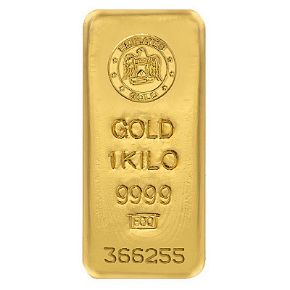
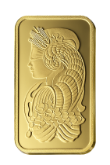



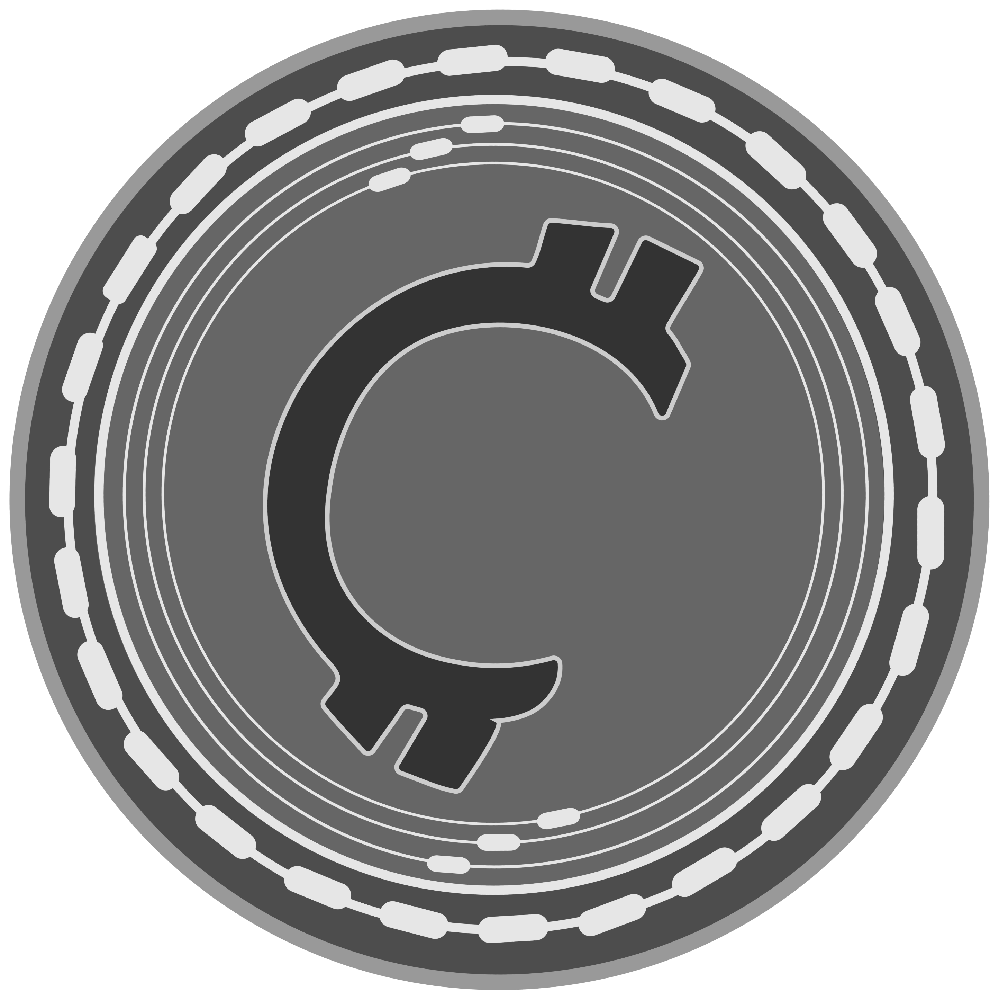

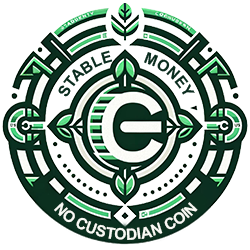

.png)

